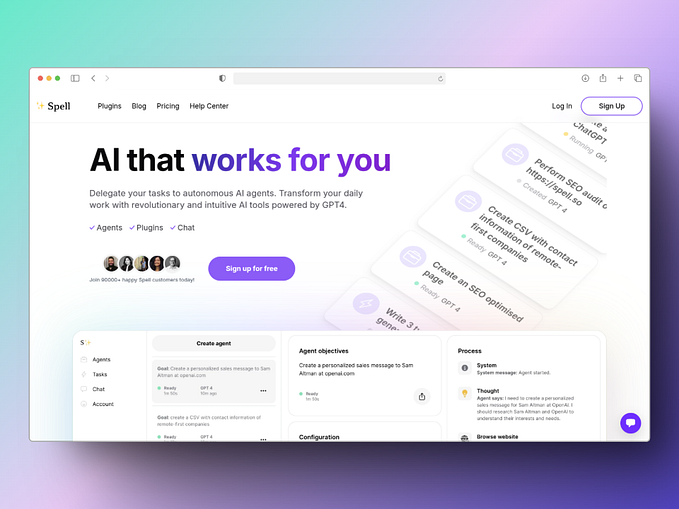Conclusion
Elon Musk, 49, is continuing to push technological boundaries each and everyday and his hard work throughout his life has meant he has amassed him 41.3 million followers (Socialbakers, n.d.) on Twitter. This blog has been dedicated to documenting Musk as a key influencer on the social media platform Twitter, for the Social Networking and Digital Media unit on the Digital Media and Communications course at Manchester Metropolitan University. Throughout this blog there has been an attempt to understand how Elon Musk uses Twitter and how his role online influence those who support and follow him. The social media platform Twitter was selected as focus due to it being Musk’s most active and favoured for posting online content. The application today is a modern public square in which voices can discuss, debate and share with the public now often turning to Twitter for real time information and reactions (Wojcik and Hughes, 2019). The blog targeted those with and interest in social media as well as Elon Musk and the information provided in the previous 5 blogs has directed those through academic sources, statistical data and media theories to gain a greater understanding of the influences of a key user on social media.
Twitter participants “expect to read opinions not facts” exclaimed Musk’s attorney (Mitchell, 2019). Since 2016 Elon Musk has been an active opinionated power on the platform and through qualitative and quantitative data collection this blog identified ways in which he has presented himself online. Sentiment analysis provided a viewpoint into how he engages with his audience with identification on emotion and events related to them. Graphical data highlighted Musk often tweeted in a positive manner but wasn’t without anger and disgust. The blog presented the influencers particularly active 2018 through timelines and again graphs for the audience to develop a statistical understanding of the way Musk tweets. One graph showed that 62.17% of his tweets are replies suggesting he spends a good amount of time on the platform engaging with other users.
Ethics of research was an area of interest when the conducting the blog and time went into providing an open view to the reader on the types of ethics involved to how they work. To inform the blog research had to be done on the areas of public and private data to make sure all sources used were ethical and with great consideration.
With Musk being an active participant on social media it was only right that the blog featured and discussed self presentation through Erving Goffman’s conceptualization of the construction of identity (Bullingham and Vasconcelos, 2013). His work analysed interaction and self projection as a performance and how people project certain images in which they deem to be desirable. The blog features academic sources to cooperate with Goffman’s theory to present an evaluation on how Elon Musk projects himself. In discussion both Musk’s perceived front stage and back stage were analysed finding a controversially atypical businessman who has modernised the traditional frontal stage of the entrepreneur.
The second and final academic media theory that was explored in depth in relation to the key influencer was Jurgen Habermas’ concept of the public sphere. This idea connotes how private individuals assemble to form a public body where discussion take place in an unrestricted manner. Habermas’ now considers the modern media to play a vital role in the communicative structure of the public sphere (Larsen, 2020). This allowed an exploration into the media theory in relation to the key influencer Elon Musk, and using this an evaluation was made on if Elon Musk allows the creation of a public sphere by the way he utilises social media. A discussion of filter bubbles and echo chambers was made to provide counter points to whether a public sphere could be seen. On the one hand Musk’s tweets provided an area for literate users to come together for critical discussion. While on the other it required users to have a suitable internet connection and device as well as the prominent filter bubbles and chambers which shelters users from information.
All in all the way in which Elon Musk, a key online influencer, uses social media and how he influences those who follow him was deeply explored and evaluated through a series of blog posts supported by academic sources and media theories. Although at times there was a struggle to find and discuss relevant sources which could further open the analysis and instead at times points were repeated.







